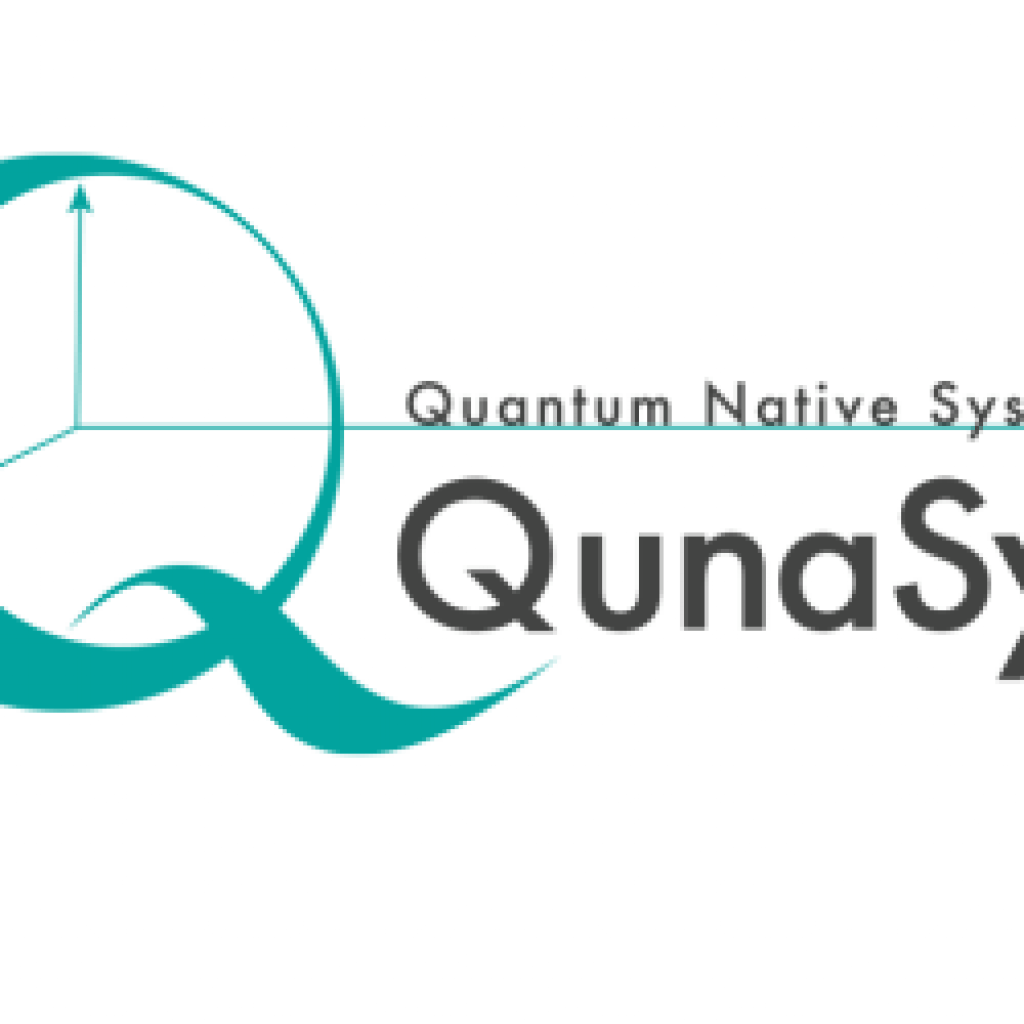(QuanySys) On-going joint research between QunaSys Inc. and JSR Corp. has led to a method for calculating the energy and band structure of solid-state systems using a quantum computer. Dr. Nakagawa at QunaSys, Dr. Yoshioka at RIKEN (former QunaSys intern), Dr. Ohnishi at JSR Corp., and Dr. Mizukami at Osaka Univ (QunaSys advisor) posted a preprint on the use of variational quantum algorithms to calculate the band structure of solid-state systems.
NOTE: QunaSys is an Exhibitor at IQT Europe October 27-30.
The collaboration has developed a method called “Deep VQE” that takes advantage of the VQE calculations only on a small-sized quantum computer to solve the effective Hamiltonian of the whole system and enables calculations on very large systems compared to the size of the quantum computer. Compared to previous studies that applied an existing divide-and-conquer method in quantum chemistry to quantum computers, Deep VQE gives a general formulation that can be applied to various condensed matter physics and quantum chemistry problems. Furthermore, the hierarchical use of the “subsystem and whole system” structure allows us to deal with very large systems compared with actual sizes of quantum computers used for VQE. For example, the quantum spin model with nearest-neighbor interactions on 32*32=1024 sites of a two-dimensional square lattice (equivalent to 1024 qubits problem) can be treated with a quantum computer with up to 32 qubits by using Deep VQE. In the paper (preprint), we performed numerical simulations for frustrated spin systems coupled in a one-dimensional fashion to evaluate the accuracy of the method and confirmed that Deep VQE can obtain results close to the exact solution of the whole system.
Deep VQE allows us to solve problems of practical sizes (e.g., hundreds of qubits) to be solved on smaller quantum computers of tens of qubits. Although the results from Deep VQE can be trusted only when the interactions between the subsystems are not too large, various interesting systems, including quantum spin systems with nearest-neighbor interactions and molecular systems with potential industrial applications such as organic EL, solar cells, and photosynthesis, satisfy that condition. Deep VQE is a promising approach to realize the “quantum advantage” of NISQ devices in the near future.
